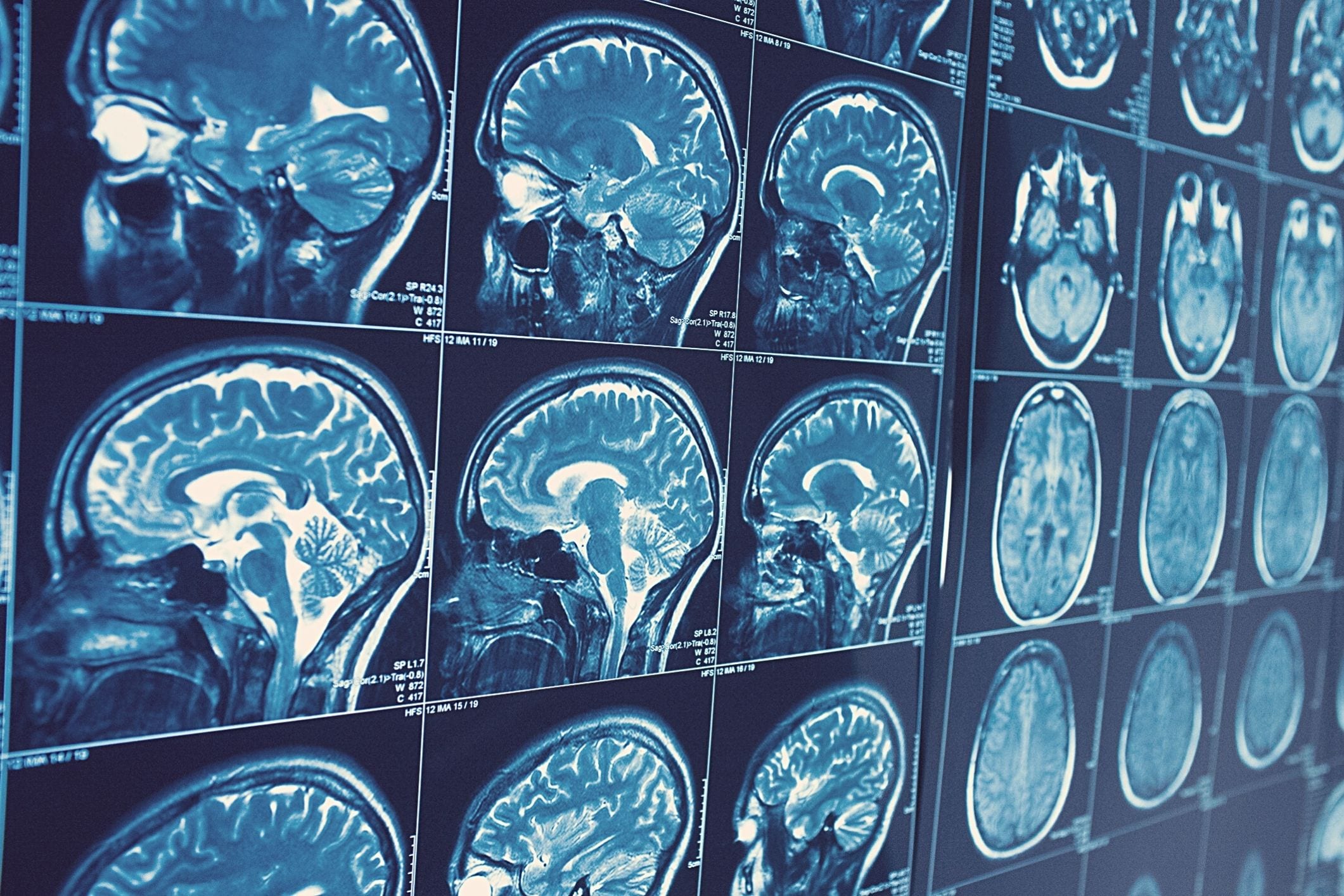
Published in the Journal of Alzheimer’s Disease Reports, the research shows that aluminium is co-located with phosphorylated tau protein, producing tangles within brain neurons of early-onset or familial Alzheimer’s disease.
“The presence of these tangles is associated with neuronal cell death, and observations of aluminium in these tangles may highlight a role for aluminium in their formation,” explained lead investigator Matthew John Mold, PhD, Birchall Centre, Lennard-Jones Laboratories, Keele University, Staffordshire, UK.
Using a highly-selective method of immunolabelling, the researchers were able to find widespread co-localisation of aluminium and amyloid-β in brain tissue. They were also able to co-locate phosphorylated tau in tangles with aluminium in the brain tissue in the same group of Colombian donors with familial Alzheimer’s disease.
George Perry, PhD, Editor-in-Chief of the Journal of Alzheimer’s Disease, said, “Aluminium accumulation has been associated with Alzheimer’s disease for nearly half a century, but it is the meticulously specific studies of Drs Mold and Exley that are defining the exact molecular interaction of aluminium and other multivalent metals that may be critical to formation of the pathology of Alzheimer’s disease.”
“The new data may suggest that the association of aluminium with extracellular senile plaques precedes that with intracellular aggregates of tau,” said Dr Mold.
“These relationships with both amyloid-β and tau may account for the high levels of aluminium observed in the brain tissue of donors with familial AD versus those without a diagnosis of neurodegenerative disease.
“Tau and amyloid-beta are known to act in synergy to produce neurotoxicity in AD and our data provide new evidence for a role of aluminium in this process.”
While this research supports previous evidence of the effects aluminium may have on Alzheimer’s disease, as of yet there are still too few confirmed links to say that aluminium may cause the onset of Alzheimer’s.
However, these results were only shown in cases of extremely high doses of aluminium, levels of which would be difficult to be exposed to in regular daily life.
What is known is that these naturally occurring metals, including aluminium, are vital to healthy brain function.
While the study conducted by Drs Mold and Exley shows some correlation between the presence of aluminium tangles in the brain tissue of people with Alzheimer’s disease, there is still no confirmed pathological link between Alzheimer’s and aluminium.
Studies into the link between aluminium and Alzheimer’s disease have been conducted for decades, and continue to be done, while scientists around the world attempt to make sense of a cognitive condition that affects around 50 million people worldwide, for which there is no known cure or cause.